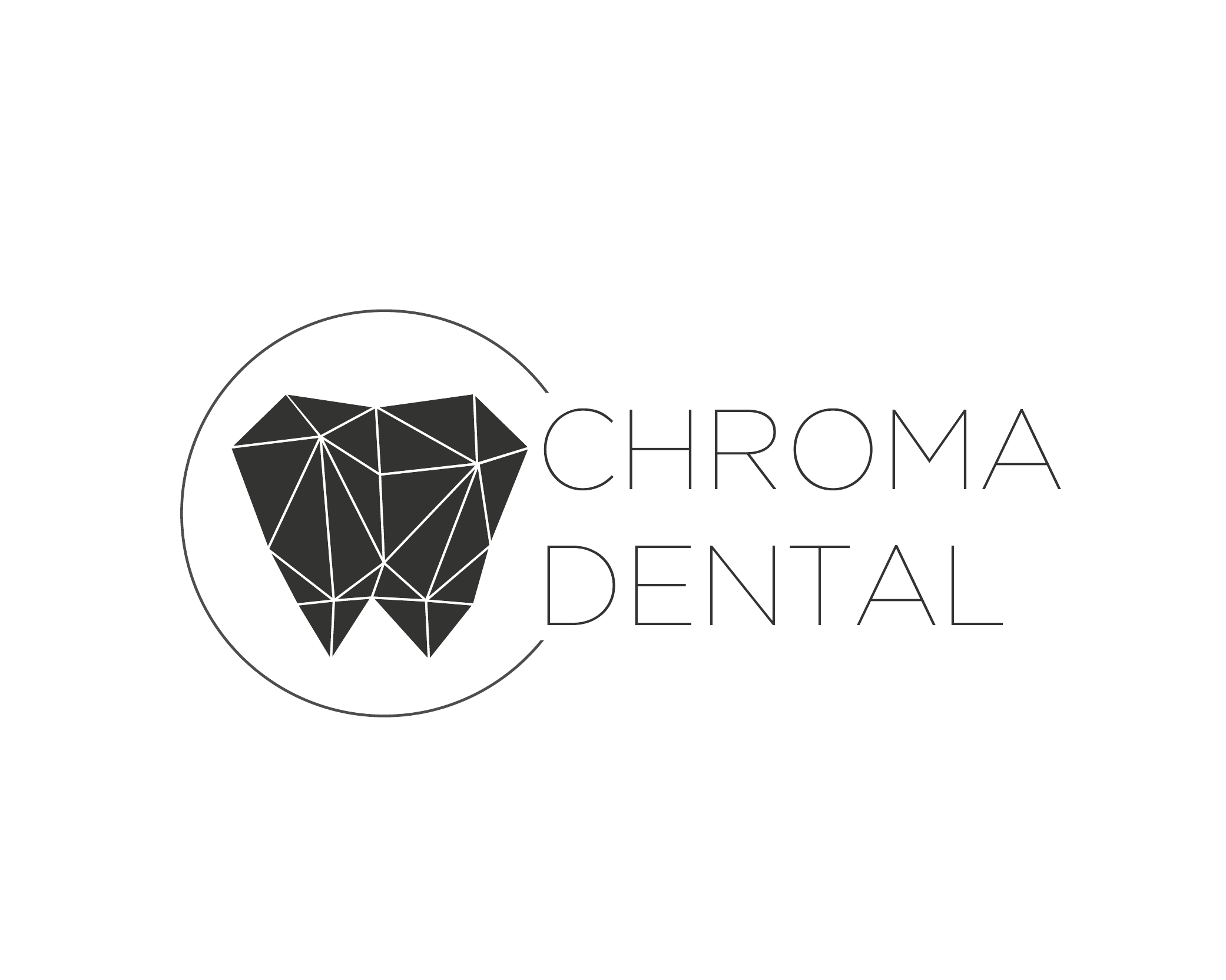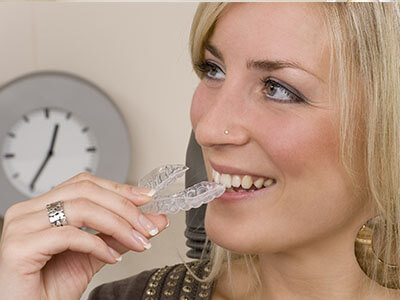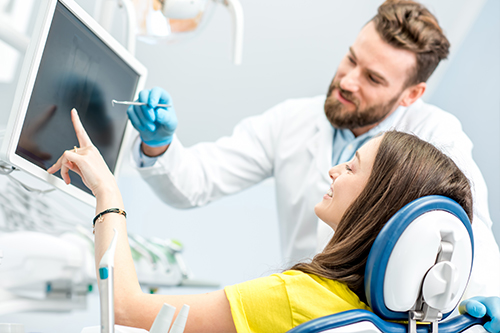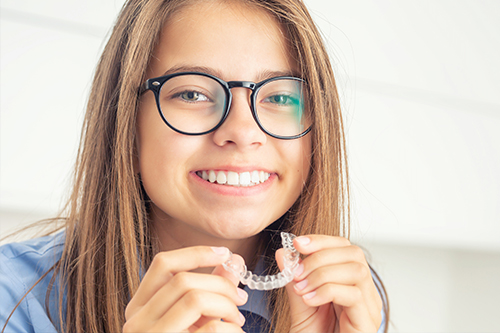Invisalign® offers a modern approach to orthodontic care that prioritizes discretion, comfort, and predictability. Using a sequence of custom-made clear aligners, this system gently guides teeth into healthier, more functional positions without traditional brackets and wires. For many patients, the result is an improved bite and a smile that fits their lifestyle with far less disruption to daily routines.
How Invisalign® creates a tailored treatment plan
Every Invisalign® journey begins with a comprehensive assessment of your bite and dental goals. Advanced digital scanning captures precise three-dimensional images of your teeth and jaw, which are then used to build a step-by-step treatment map. This digital plan shows the intended movements for each tooth and provides a visual preview of the expected outcomes over time.
Based on that digital blueprint, a series of clear aligners is fabricated to execute the planned movements in small, controlled increments. Each aligner is worn for a prescribed interval before moving to the next in the series, allowing the teeth to adapt gradually. This staged approach helps manage comfort while preserving clinical control over the sequence of corrections.
Because the plan is created before treatment begins, clinicians can anticipate many common challenges—such as rotations or space closure—and incorporate strategies (attachments, interproximal reduction, or planned refinements) to address them. The result is a coordinated process that balances esthetic goals with long-term function and stability.
What to expect during the first appointments
The initial phase focuses on information and alignment precision. During your first visit, a clinician will review your medical and dental history, evaluate your bite, and capture digital images and scans. These records form the basis of a personalized treatment proposal and let you see predicted progress before any aligners are made.
After review and any needed adjustments to the plan, the lab or manufacturer creates your first sets of aligners. Patients typically pick up their initial trays in the office and receive clear instructions about wear schedule, care, and how to manage minor discomfort that can accompany new aligners. Most people find the early adaptation period brief and manageable.
Follow-up appointments are scheduled periodically to monitor progress, exchange trays, and make any necessary mid-course corrections. Because much of the aligner process is pre-programmed, visits are often shorter than traditional orthodontic adjustments, but the clinician’s oversight remains essential to verify that the teeth are tracking as planned.
Daily life with clear aligners: comfort, hygiene, and convenience
One of the most notable advantages of clear aligners is their removability. Patients can take them out to eat, brush, and floss, which supports better oral hygiene compared with fixed appliances. Maintaining a routine of cleaning both teeth and trays helps reduce plaque buildup and keeps gums healthy throughout treatment.
Aligners are made from smooth, medical-grade thermoplastic designed for comfort. Most patients report minor pressure during the first day or two after switching to a new tray, which is a sign that movement is occurring. Speech may be briefly altered at the start but typically returns to normal after a short adjustment period.
Because trays are clear and low-profile, they blend well with everyday life and professional settings. Compliance is a key factor in achieving predictable results: consistent wear as instructed by your clinician is what allows the plan to progress on schedule and reduces the likelihood of needing unplanned refinements.
Clinical precision: the role of technology and provider expertise
Invisalign® relies on sophisticated digital tools—three-dimensional imaging, virtual treatment simulation, and computer-aided manufacturing—to control tooth movements. These capabilities let clinicians plan complex sequences with an eye toward both functional occlusion and esthetic balance. Technology provides the framework, but clinical judgment determines how best to apply it for each patient.
Experienced providers evaluate not only tooth positions but also the health of gums, jaw alignment, and any restorative needs that may influence the plan. When necessary, adjunctive measures such as small composite attachments, selective enamel reshaping, or coordination with restorative work help achieve the intended results and ensure that function and appearance are aligned.
Partnering with a skilled clinician improves predictability because they can interpret the digital plan in the context of real-world anatomy and make timely decisions about refinements or additional treatment phases. This combination of technology and expertise is central to delivering efficient, stable outcomes that support long-term oral health.
Treatment milestones and what comes after your aligners
Treatment typically advances through a series of planned stages, each marked by a switch to a new aligner. Periodic check-ins allow the clinician to confirm that teeth are tracking correctly and to address any areas that need modification. Some patients may require a brief refinement phase to perfect final positions, which is a routine and expected part of modern aligner therapy.
When the active movement phase is complete, a retention plan becomes essential. Retainers—custom devices worn as directed—help stabilize teeth in their new positions while the supporting bone and soft tissues adapt. Adhering to the retention schedule recommended by your clinician is the most reliable way to protect the investment of time and effort spent during active treatment.
Beyond alignment, successful treatment often improves chewing function, reduces uneven wear, and can make oral hygiene easier. Many patients notice both functional and esthetic benefits, and ongoing routine care with your dentist helps sustain those results for years to come. If you have specific restorative goals or complex bite concerns, your clinician will outline the appropriate next steps to coordinate care efficiently.
See how digital planning and clear aligners work together to map out and realize a new smile.
As you consider aligner therapy, remember that every plan is unique. Treatment choices are best made through a thorough clinical evaluation that weighs your goals, dental health, and lifestyle. A careful, personalized approach helps safeguard both the appearance and long-term function of your smile.
Personal consultation and assessment
Your clinician will perform a detailed oral exam and discuss what you hope to achieve. This visit is the opportunity to understand how aligner therapy fits your priorities and to establish realistic, clinically sound objectives.
Precision scanning and visualization
A digital scan captures the exact shape of your teeth and bite. From these images, a virtual treatment sequence is generated so you and your clinician can visualize the projected progress before production begins.
Custom aligners built for comfort
Aligners are manufactured to the specific contours of your teeth for a snug, low-profile fit. The material and design focus on patient comfort while delivering controlled, precise forces where they are needed.
Ongoing monitoring and finishing touches
Throughout treatment, periodic reviews ensure the plan is progressing as intended. At completion, your clinician will discuss retention and any final refinements to secure lasting results.
*Invisalign® is a registered trademark of Align Technology, Inc.
At Chroma Dental, we approach aligner therapy with a focus on long-term health and subtle, reliable esthetic improvement. If you’re curious whether Invisalign® could be the right option for your smile, please contact us for more information and to arrange a consultation.





